African wild dogs are native to Sub-Saharan Africa, and they travel in packs. Their irregularly spotted coat and giant bat-like ears may intimidate you, but in reality, they are incredibly social. We have compiled a blog to share the top 10 facts about these fascinating painted wolves.
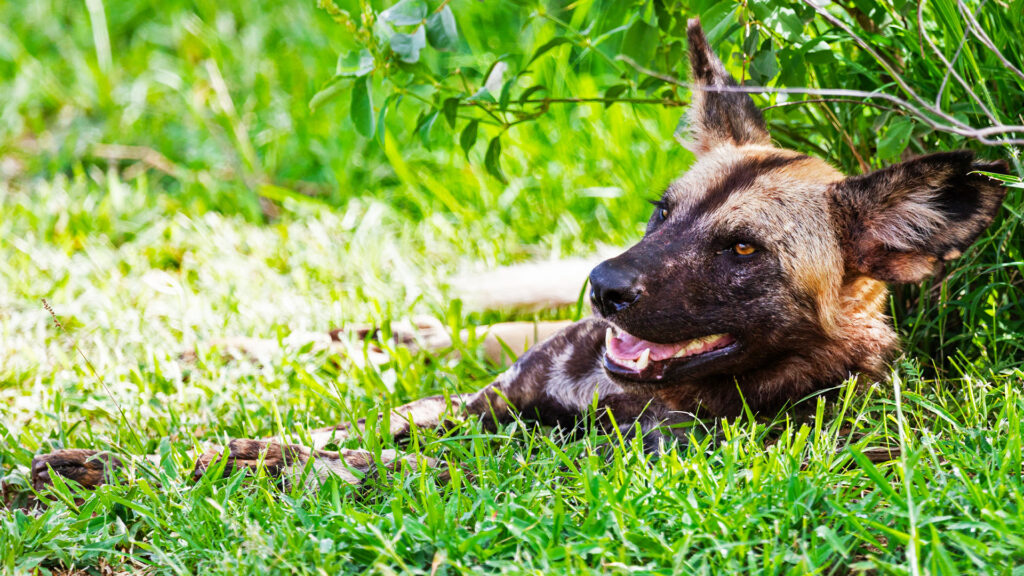
Buy the Best Brushes for Your Dog to Ensure the Softest Fur
This wild canine group is also known as cape-hunting dogs, Hyena dogs, or African-hunting dogs. You may have heard about these names or encountered this carnivore in any African Safari, but you might not know some interesting facts about them.
Here we’ve compiled ten facts about African wild dogs that make them one of the most fascinating breeds on the continent.

Fact 1: They Exhibit a Unique Spotted Coat
The marking of African wild dogs is unique, just like a human fingerprint. You would find a long and sparse coat with irregular blotches on every family member, but the patterns of the spots on one member would not be seen in any other individual.
This particular coat marking helps members of the pack to distinguish each other. Moreover, the multiple color spots let them smoothly blend into their common habitats, which are woodland, grassland, and savannahs.
Their spotted coat is similar to Dalmatians, except that Dalmatians features longer coat than these wild dogs. Long coats are fascinating, but to avoid tangles and dirt, you should invest in a good pin brush for dogs.
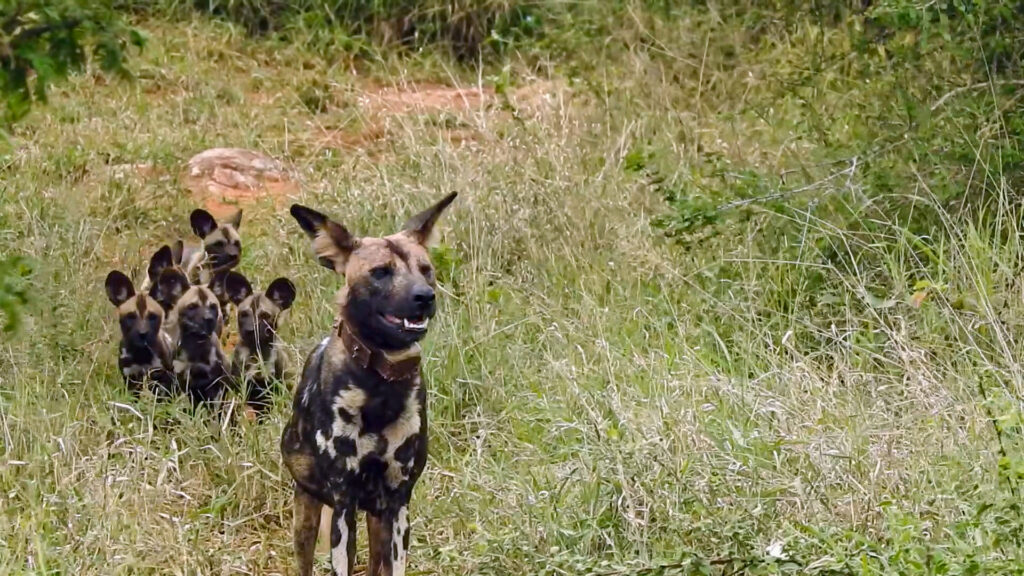
Fact 2: They are Expert Hunters
With their intelligent teamwork, exceptionally high speed, and ability to blend into the surrounding environment, African wild dogs have become expert hunters. Their success rate is around 80% which is far more than leopards and lions.
They exhibit a speed of 35 mph at a range of 3 miles, which helps them successfully chase their prey. Moreover, they leverage some smart tactics to trap the prey. For instance, some members of the pack try to approach the prey by getting closer to it while the rest of them circle the prey so he can’t run away.
— WATCH —
Follow our Cute Tings YouTube Channel for more adorable wildlife sightings.
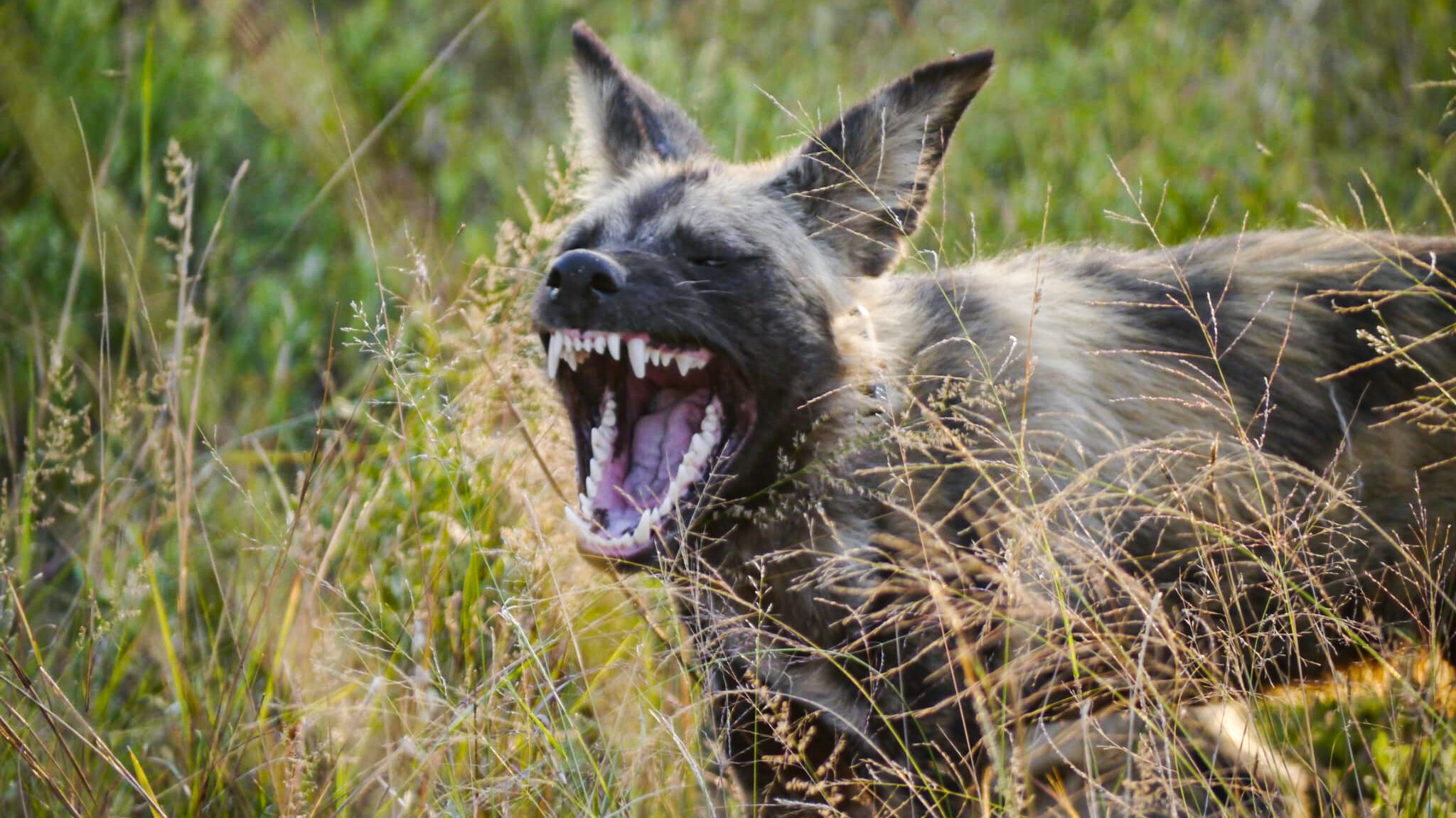
Fact 3: They are endangered
Unfortunately, the human-nature conflict has led this breed to fall into IUCN’s red list of endangered species. Once, these hunting dogs were a common sight in Sub-Saharan Africa, widely spread in more than 40 countries.
Now, they have limited to 10 to 25 countries only, and their populations decreased from 50,000 to around 6,600 adults and are continuously decreasing in number. The main culprit of this nature loss is excessive human encroachment in the wild dogs’ habitat.
You can meet these unmistakable wolves in African reserves and National Parks, where they are kept in a favorable environment to conserve their population.
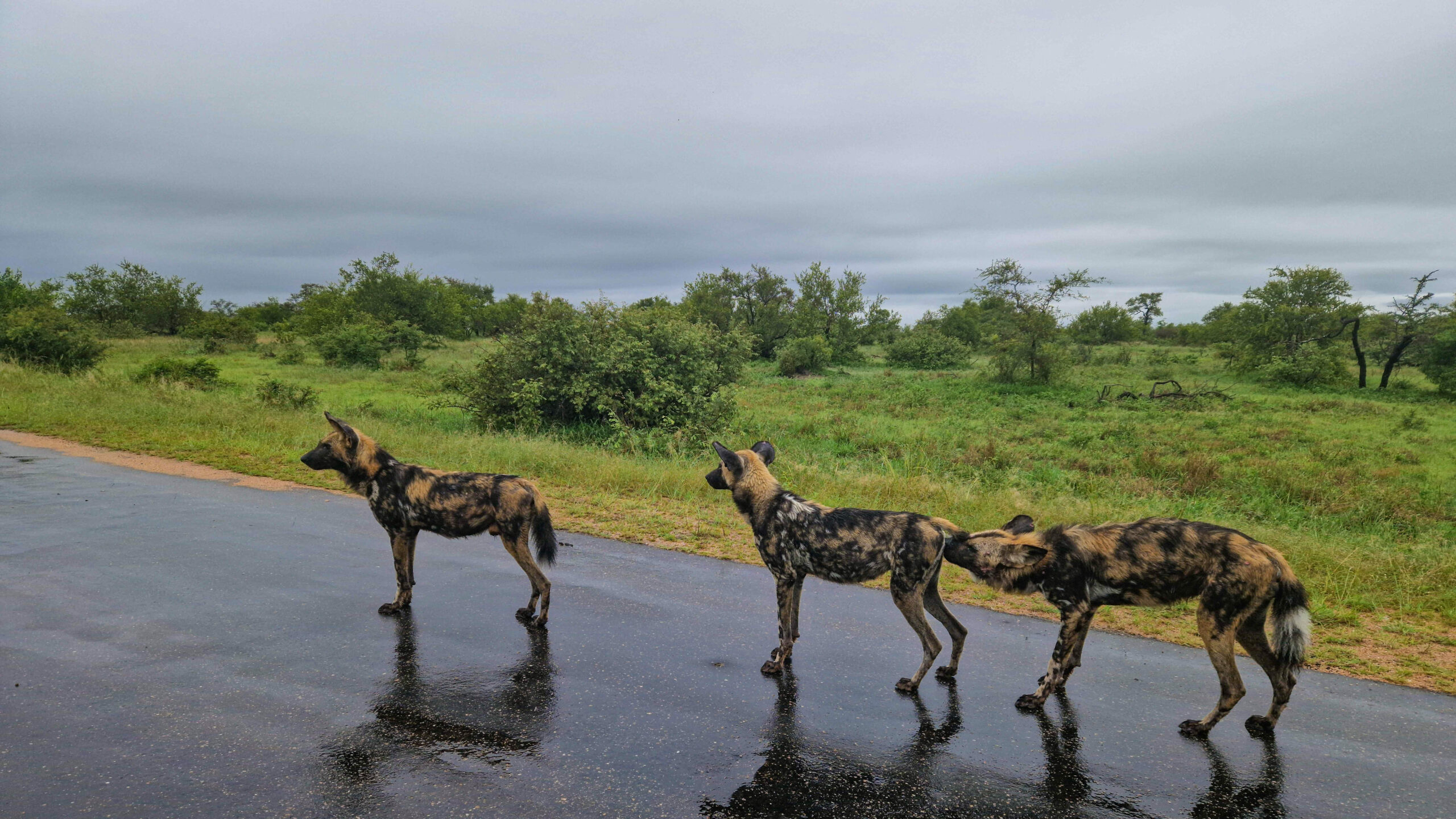
Fact 4: They are Crepuscular
African hunting dogs are most active during dawn and dusk, which makes them Crepuscular. As the prey of African wild dogs can be easily found during this time, the darkness and their camouflage advantage let them hunt their prey without getting into the eyes of both prey and predator.
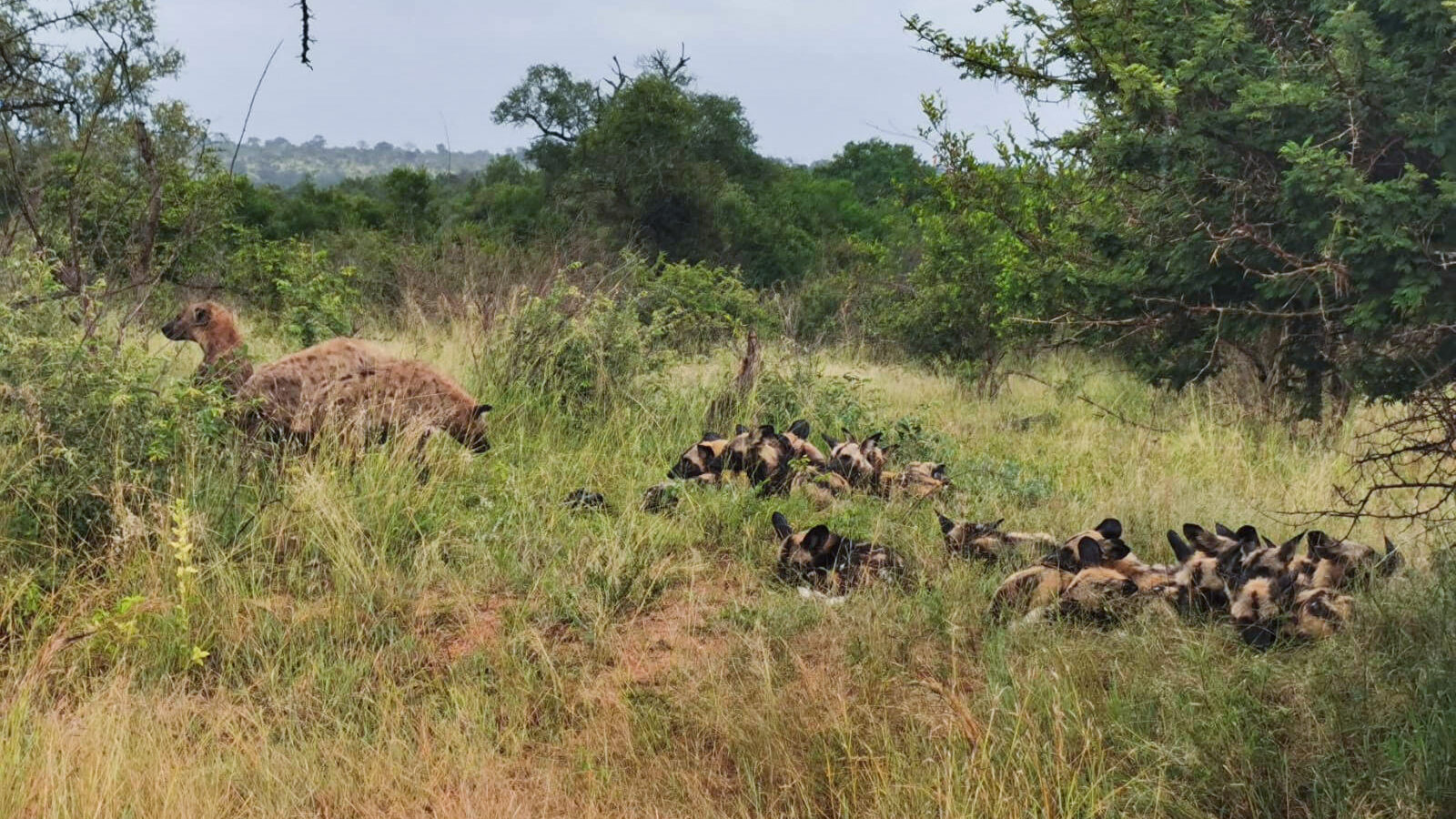
Fact 5: Their Pack is led by Alfa Female
Their pack exhibits a very interesting social structure. A breeding pair of monogamous Alfa males and females lead the pack, where the female takes the top role. The pack ranges from as few as two individuals to more than 30 adults. However, it should comprise of minimum 6 dogs to create a successful hunting group.
Alfa female finds the most suitable place for the pack to reside. Moreover, she finds an Aardvark liar to excavate the den for her pack and ensures that their den has more than one escape route to deal with the emergency.
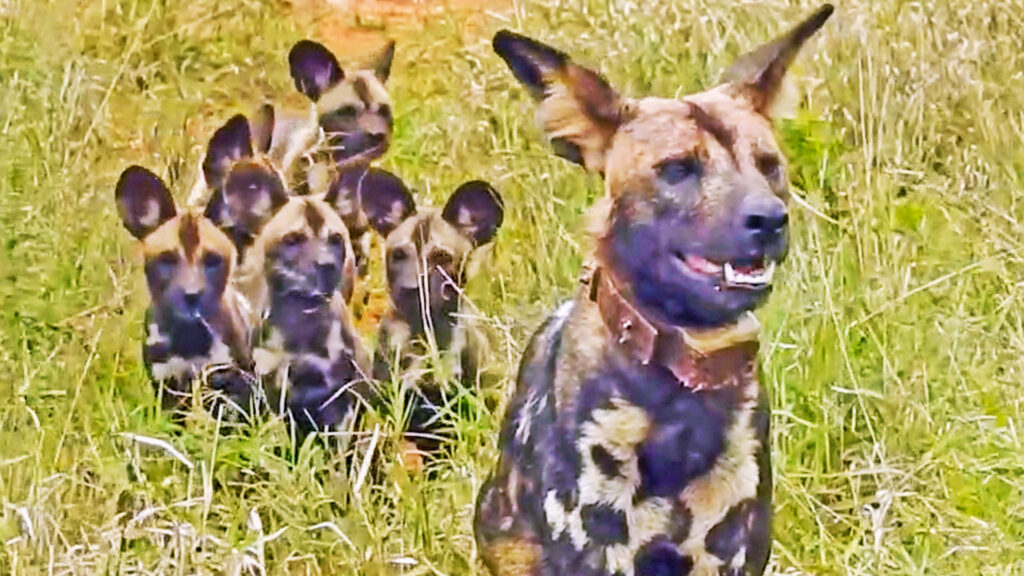
Fact 6: They are Incredible Social
Unlike their appearance, African wolves are incredibly social animals. They live like a family and never fight with each other for a position. The pack is everything for these painted dogs; they develop a special bond within the pack and spend most of their time together.
After hunting, adults bring food for their pups. Moreover, if any pack member becomes ill, his pack-mates care for him. They have even been seen mourning their lost mates.
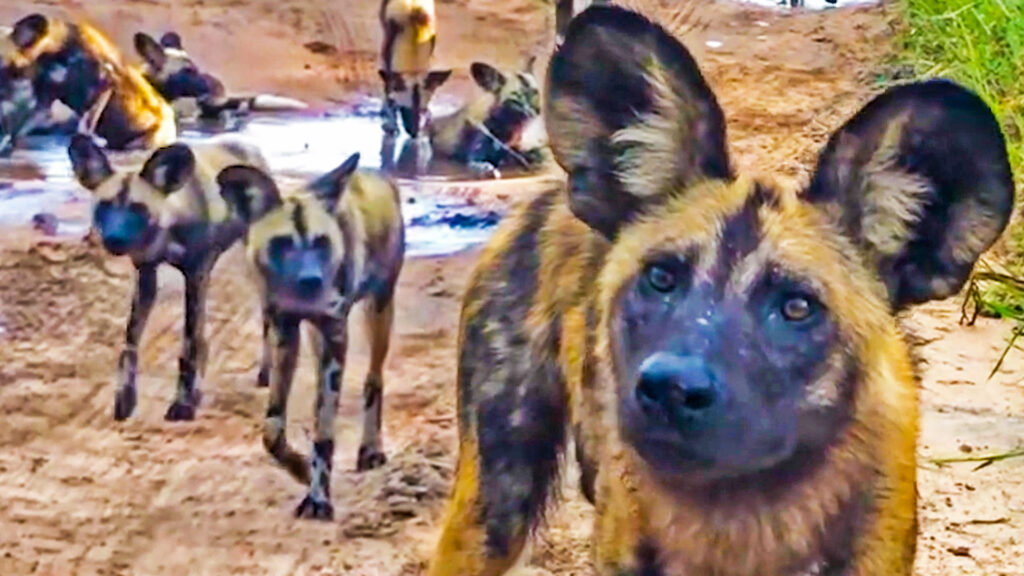
Fact 7: They Exhibit Strong Hearing Bond
African wild dogs rely on intense owl-like hoo-hoo call to communicate with their mates. They have distinctively varied ear positions, which make them exhibit a strong hearing sense, even stronger than their smell.
This strong hearing sense helps them if any group member gets separated. In such cases, they drop their muzzle on the ground and emit an intense hoo-hoo sound, which can be heard up to several kilometers.
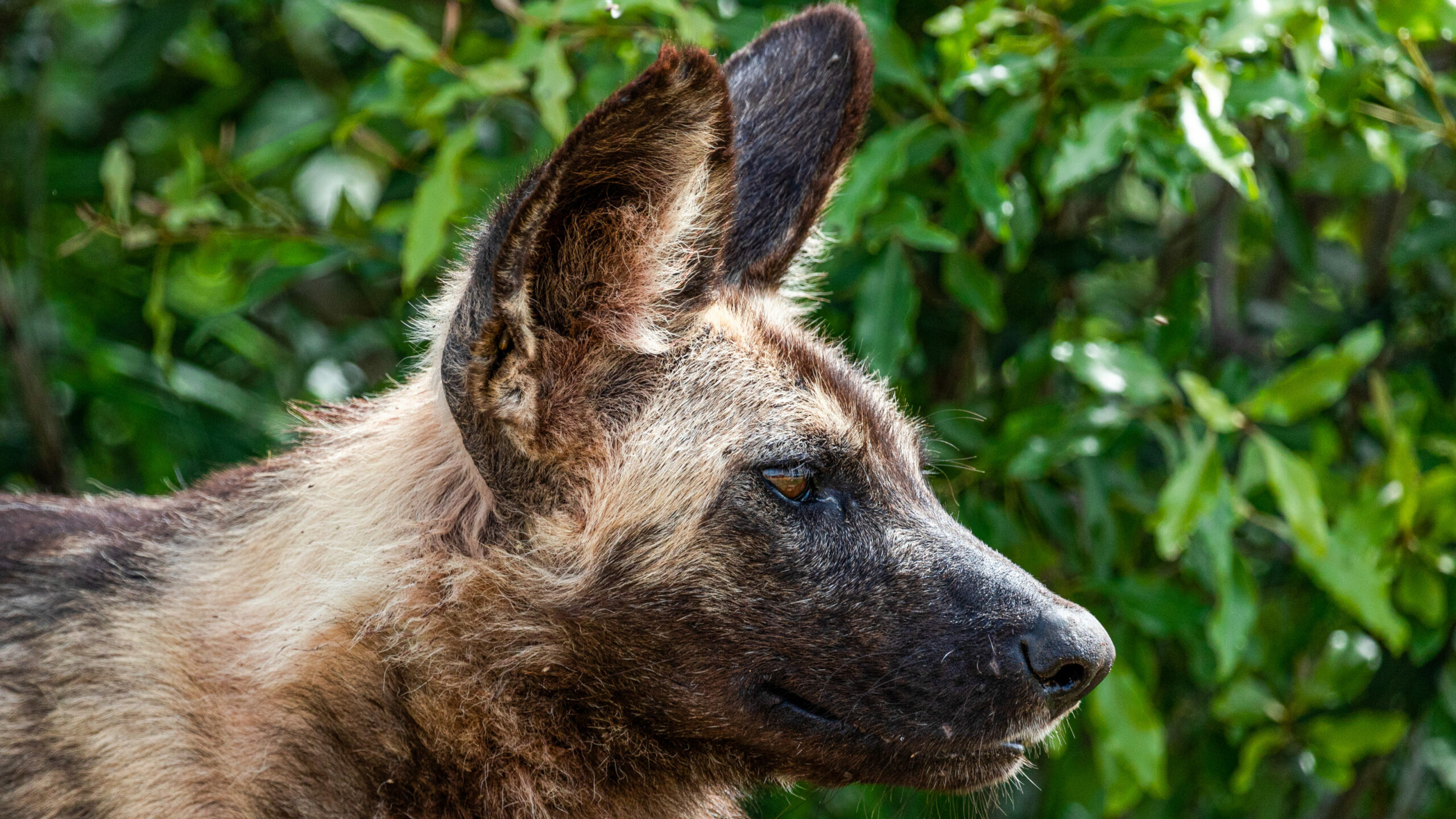
Fact 8: They are Democratic
To hunt or not to hunt, African wild dogs undergo voting to make a decision. Members who want to participate in this democratic system vote via sneezing. Once a certain quorum (number of sneezes) is attained, the pack moves forward according to the voting results.
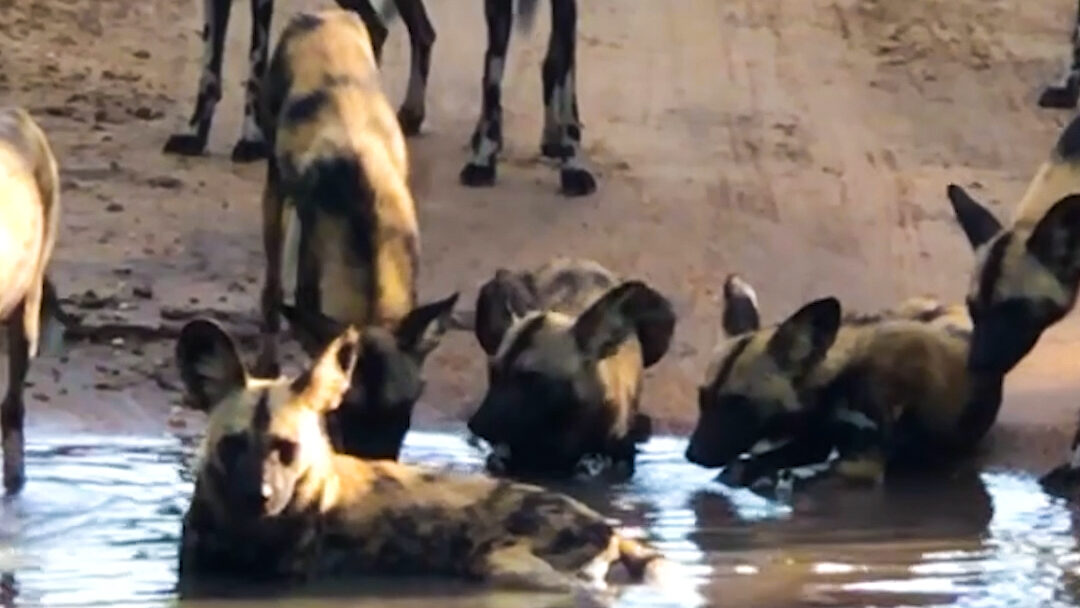
Fact 9: They Require Large Territories
African wild dogs exhibit expansive territories as habitats to thrive. It can range between 400 and 1500 square kilometers. Moreover, they can cover 50 kilometers in less than a day.
These hunting canines also have a very low population density, which is 2 individuals per 100 square kilometers. This area equates to the size of Great London, which means the area which supports around 9 million human beings can only support 2 African wild dogs.

Fact 10: They are Intelligent
These hunting canines are also exceptionally intelligent. From using smart tactics for hunting to exhibiting witty survival instincts, this breed has several jaw-dropping characteristics. Moreover, they use their sharp minds to protect and care for their pack family.
For instance, they do not bring the bones and meat of their hunt back to the den. Instead, adults regurgitate meat and bones and bring them home for their puppies. By doing this, African wild dogs not only feed their puppies but also avoid the smelly buildup of bones, which can invite hyenas and lions to kill these hunting dogs.

Closing Thoughts
This Africa’s most successful hunting dogs are incredibly tender for their family pack. Their unique coat, rich social structure, incomparable defending instinct, and, most of all, their love for each other make these African wolves an interesting group of wild dogs.
But unluckily, we are losing the population of this great hunting breed as an excessive intervention of their habitat by humans is significantly affecting their survival rates. Therefore, what good you can do for this breed is to visit reserves and game parks that generate revenue from tourism to make conservation efforts for African wild dogs.
Article was written by Arslan Hassan @ DynamoLogic Solutions
